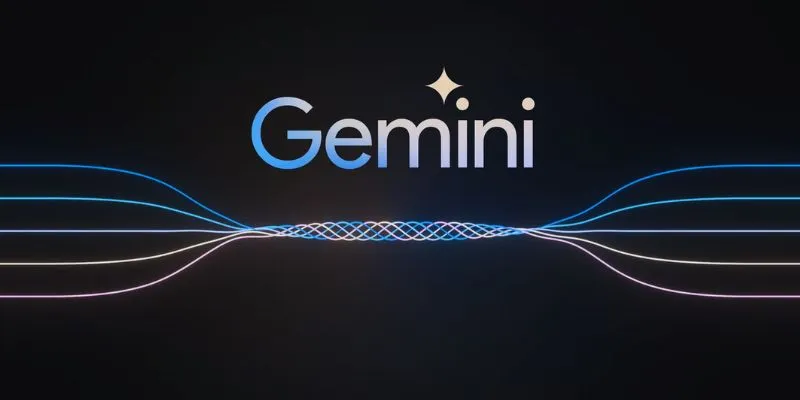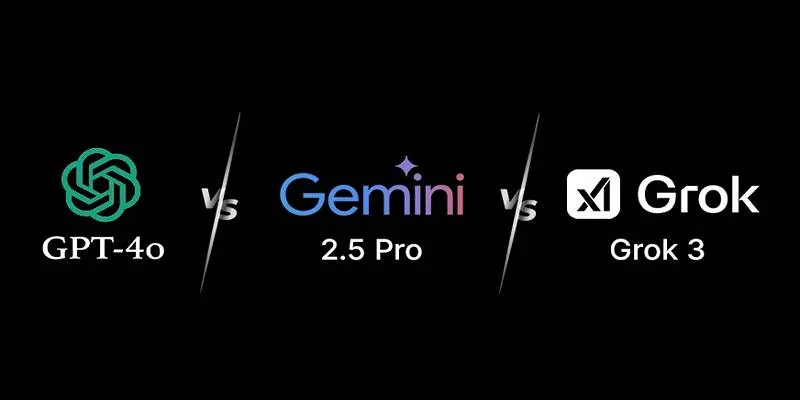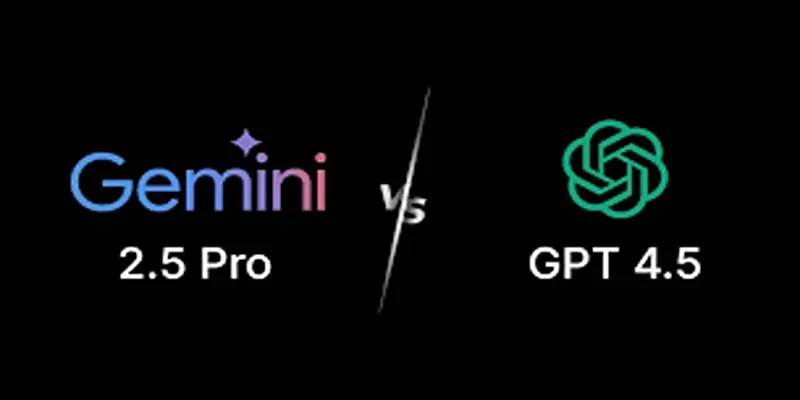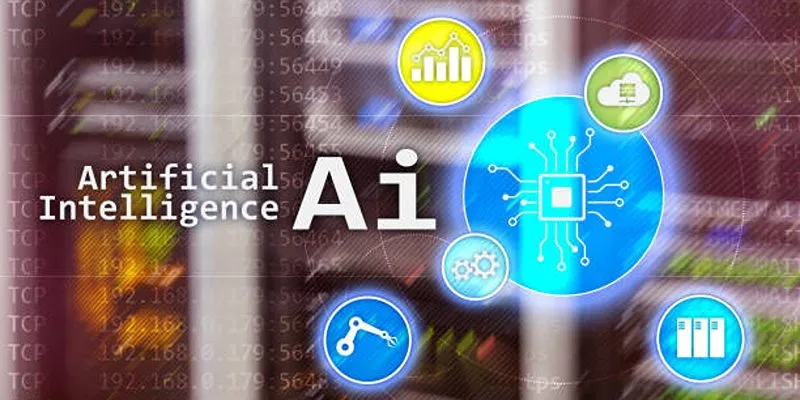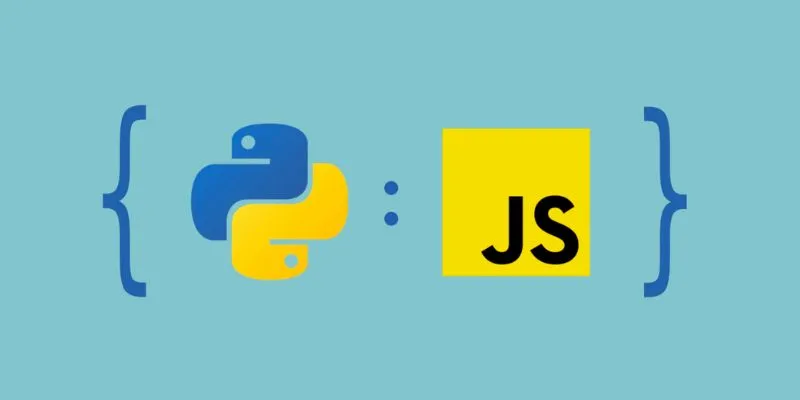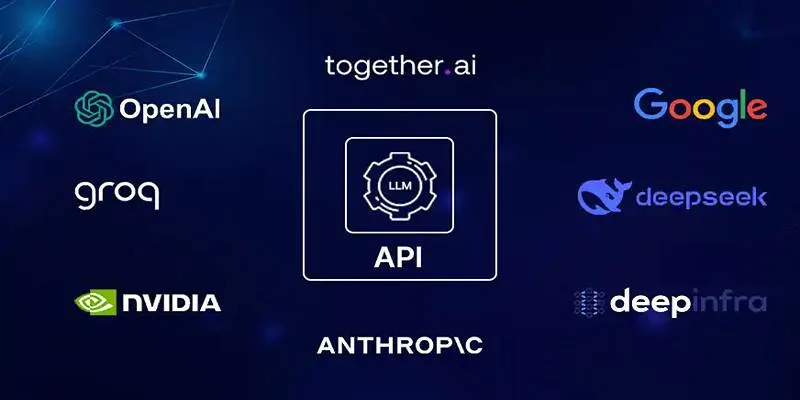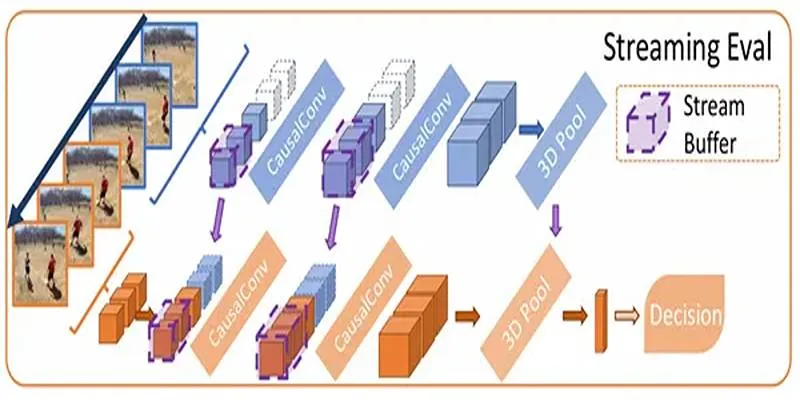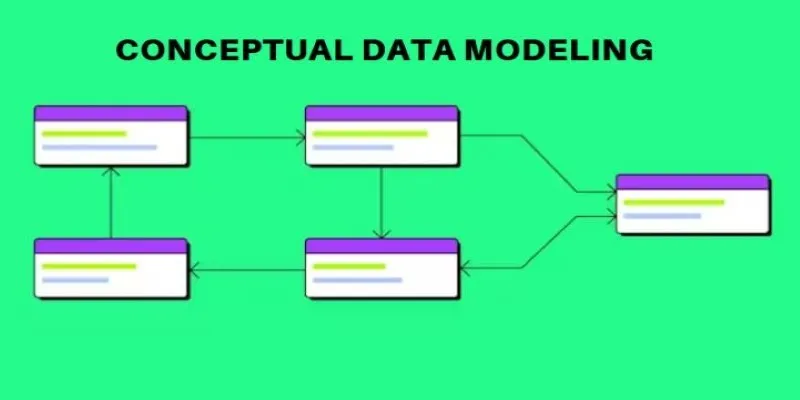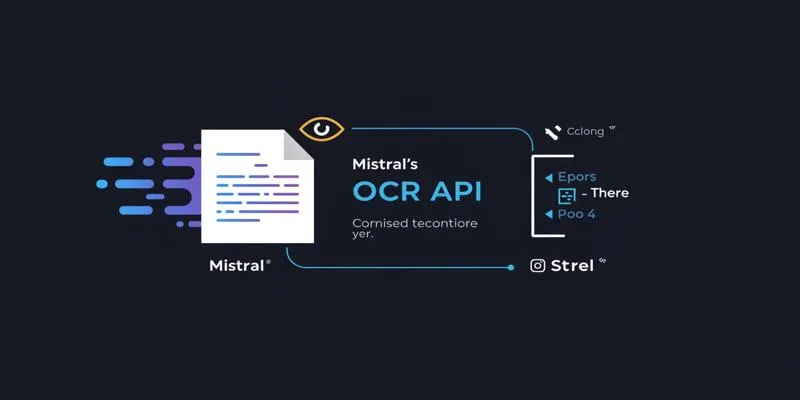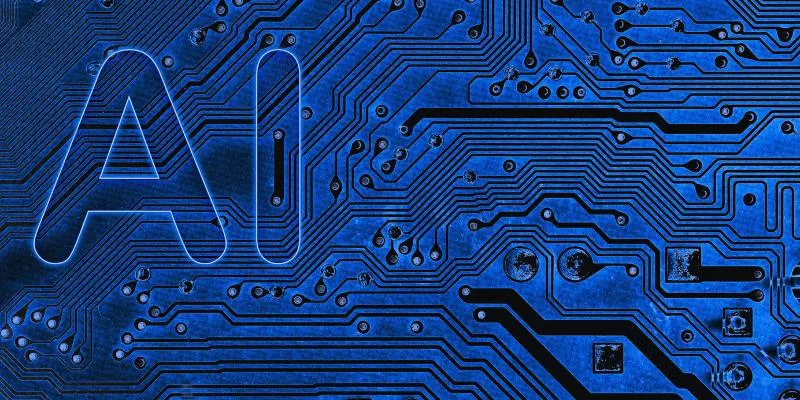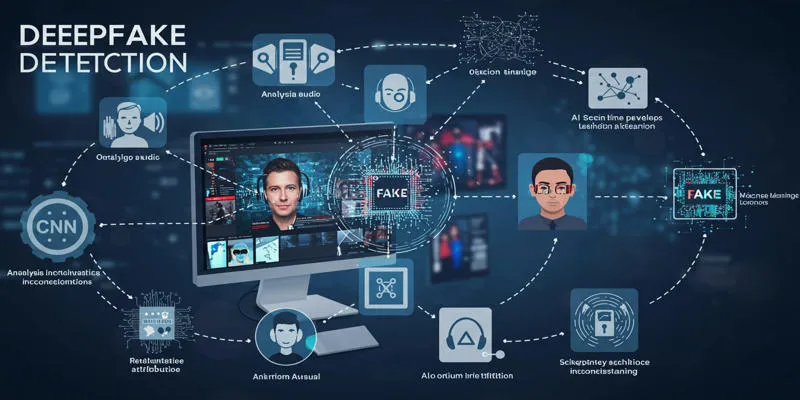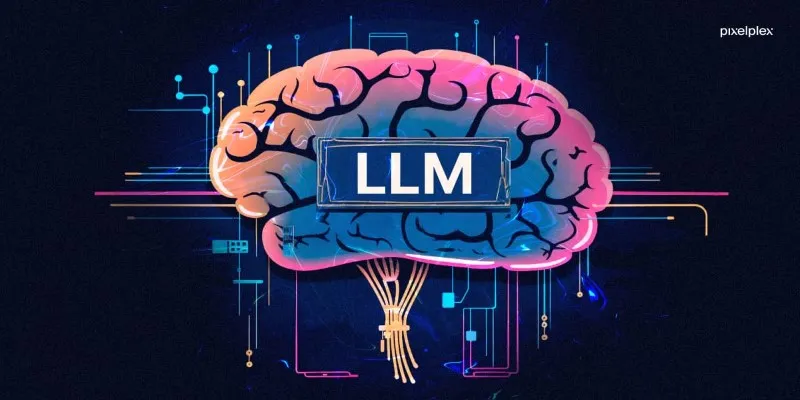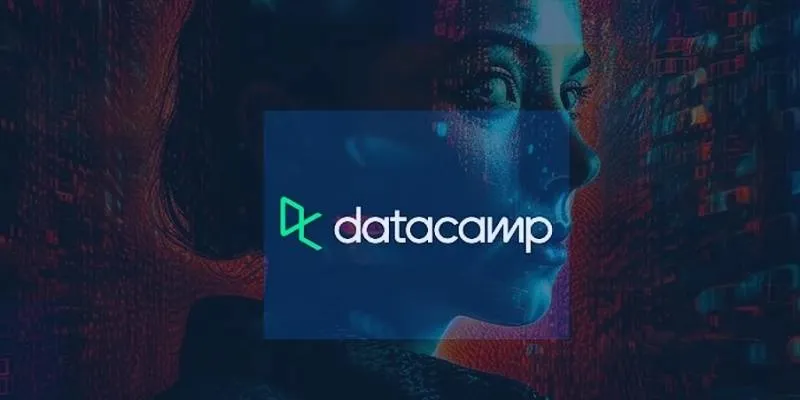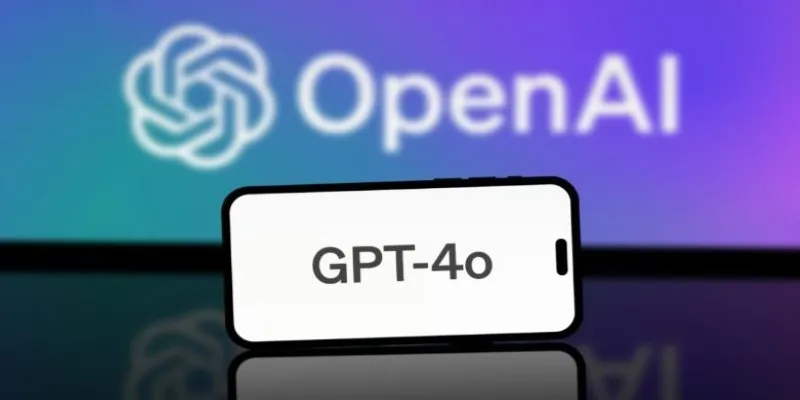Artificial intelligence is revolutionizing various fields, and the competition between AI models is intensifying. Two innovative models leading this charge are Google’s Gemini 2.0 Flash and OpenAI’s GPT-4o. These models are at the forefront of AI technology, each with unique features, strengths, and weaknesses that cater to different applications. This article will explore the main differences, advantages, and disadvantages of these powerful AI systems, helping you choose the one that best meets your needs.
Gemini 2.0 Flash
Gemini 2.0 Flash is a member of Google’s Gemini family, designed with a focus on speed and low-latency processing. Its primary strength lies in its ability to handle large-scale data and deliver quick, real-time responses. This makes it ideal for high-frequency environments such as financial markets, traffic monitoring, and fraud detection.
A standout feature of Gemini 2.0 Flash is its massive 1 million token context window, significantly enhancing its capacity to process and analyze vast amounts of data in a single query. While it can process text and image inputs, it lacks the full multimodal capabilities seen in GPT-4o.
GPT-4o
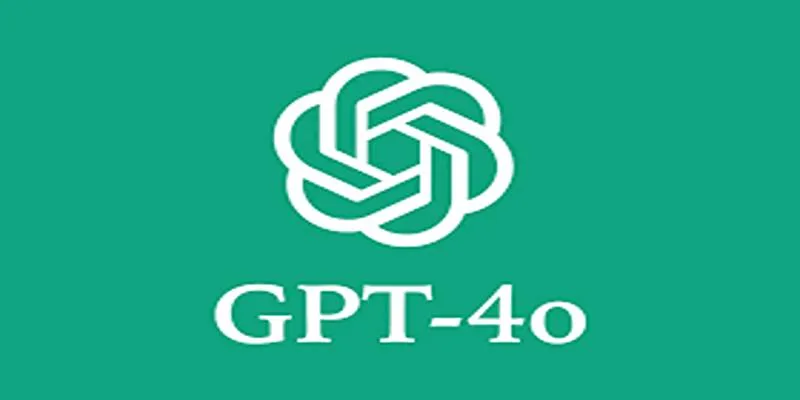
In contrast, GPT-4o is one of OpenAI’s most versatile models, capable of handling multimodal inputs, including text, images, and audio. The “o” in GPT-4o signifies its omni capabilities, enabling it to seamlessly process and generate content across various data formats. Although its 128K token context window is smaller than that of Gemini 2.0 Flash, its performance remains impressive.
GPT-4o excels in deep reasoning, creative content generation, and engaging in nuanced conversation. Whether generating detailed narratives, performing complex reasoning tasks, or offering personalized interactions, GPT-4o facilitates human-like connections through text, audio, and visual analysis.
Key Differences Between Gemini 2.0 Flash and GPT-4o
This section highlights the major distinctions between Gemini 2.0 Flash and GPT-4o based on their architecture, capabilities, and use cases. Understanding these differences is crucial to selecting the right AI model for your specific needs.
1. Context Window and Speed
Both Gemini 2.0 Flash and GPT-4o offer impressive capabilities, but they differ significantly in their handling of context windows and processing speed.
- Gemini 2.0 Flash boasts a remarkable 1 million token context window, making it ideal for processing vast amounts of data at once. This gives it a significant edge in large-scale processing and real-time analysis, where speed is a top priority.
- GPT-4o has a smaller 128K token context window, which may limit its ability to handle large datasets in a single pass. However, it compensates with its ability to engage deeply in tasks requiring creative and contextual understanding.
2. Multimodal Capabilities
Multimodal processing refers to the model’s ability to handle various types of input —such as text, images, and audio—simultaneously, enhancing its versatility and performance.
- Gemini 2.0 Flash supports text and image processing, which is sufficient for many business and analytical tasks. However, its capabilities are not as extensive as GPT-4o when it comes to handling different data types together.
- GPT-4o excels in multimodal processing, handling text, images, and audio with nuanced understanding, making it the preferred choice for applications that require integrated data from multiple sources, including audio and visual inputs.
3. Speed and Latency
Speed and latency are essential factors for applications that require fast responses, such as high-frequency trading or real-time data processing.
- Gemini 2.0 Flash is engineered for low-latency processing, making it the go-to model for applications requiring instantaneous responses, such as high-frequency trading or real-time decision-making systems.
- GPT-4o , while impressive in versatility, is not explicitly optimized for speed. Its focus is on thoughtful, context-aware responses, which can result in slightly higher latency for tasks requiring quick turnarounds. Its emphasis is on delivering contextually rich answers rather than immediate outputs.
4. Reasoning and Creativity
Reasoning and creativity play pivotal roles in tasks like content generation, storytelling, and complex problem-solving, where the model needs to generate nuanced and insightful responses.
- GPT-4o shines in tasks requiring complex reasoning, creative content generation, and nuanced conversations. It is capable of handling tasks such as storytelling, creative writing, problem-solving, and complex decision-making, offering more flexibility and depth in its responses.
- Gemini 2.0 Flash is better suited for tasks that demand raw computational power and speed, but it may not offer the same level of creative or complex reasoning capabilities as GPT-4o. While it can process large datasets quickly, it is not designed for creative content generation.
5. Flexibility in Task Specialization
The ability of an AI model to specialize in certain tasks can make it more efficient in specific applications.
- Gemini 2.0 Flash is built to excel in high-volume, specialized tasks, such as real-time analytics and automated decision-making systems. Its architecture is optimized for rapid, efficient processing, making it ideal for use cases that prioritize task-specific expertise.
- GPT-4o , while highly flexible, offers a more generalized approach to a wider range of tasks, from creative writing to technical problem-solving. This flexibility makes it well-suited for diverse applications that require adaptability and the ability to handle complex, multi-faceted tasks.
Final Verdict
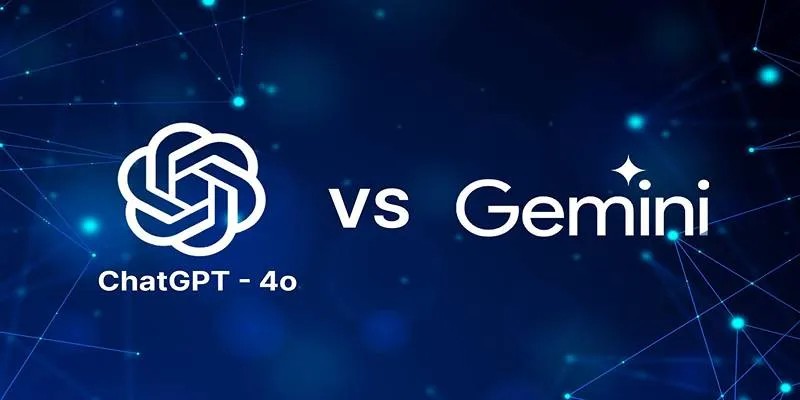
Gemini 2.0 Flash excels in speed and low-latency processing, making it ideal for applications that require real-time data analysis and high-frequency tasks like financial markets.
On the other hand, GPT-4o stands out for its multimodal capabilities, deep reasoning, and creative content generation, making it perfect for tasks involving conversational AI, content creation, and complex problem-solving. The choice depends on whether you prioritize speed and efficiency (Gemini 2.0 Flash) or creativity and deep reasoning (GPT-4o).
 zfn9
zfn9
